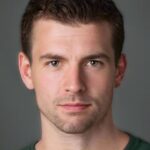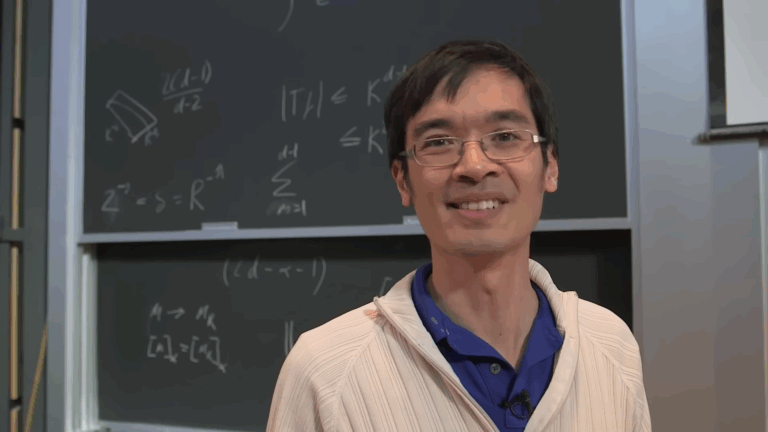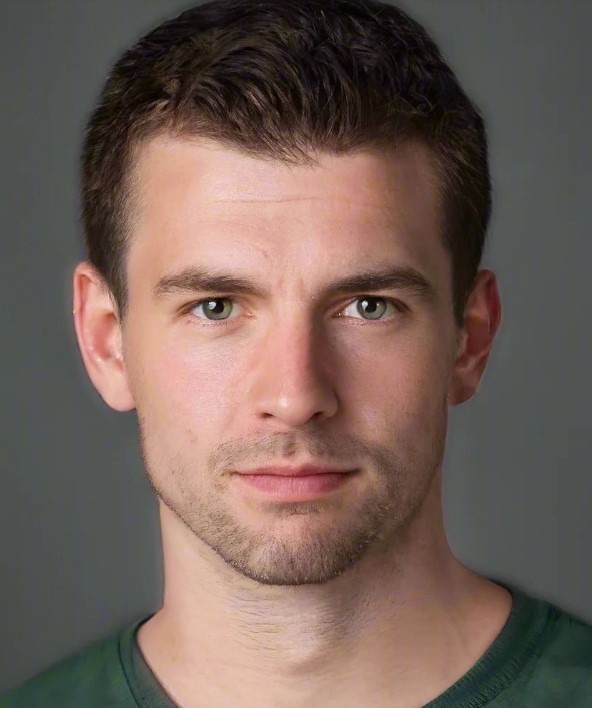Terence Tao doesn’t quite fit the mold of the tortured genius locked in an attic surrounded by equations. He’s more the soft-spoken, bike-commuting, family-dinner kind of genius, just one whose brain happens to work at a speed and scale that leaves even top mathematicians slack-jawed.
You don’t get nicknamed “The Mozart of Mathematics” by accident. Tao’s life is a rare blend of early brilliance, relentless curiosity, and meaningful mentorship. His story is the kind that makes you believe that sometimes, prodigies don’t burn out – they build.
Table of Contents
ToggleThe Early Years in Adelaide
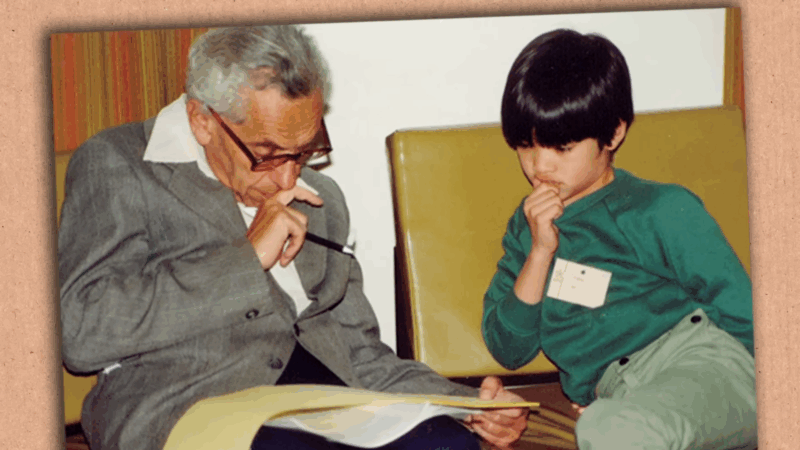
Born on July 17, 1975, in Adelaide, Australia, Terence Chi-Shen Tao was the eldest of three sons in a family that didn’t just value education, it practically ran on it.
His father, Billy Tao, a pediatrician, and his mother, Grace Leong, a math and physics graduate, had emigrated from Hong Kong just a few years earlier. Their home was filled with books, games, questions, and plenty of room to explore ideas.
It was an environment built for the curious. By age two, Terence was casually teaching older kids to count using number blocks, something he picked up from Sesame Street, according to him.
At three, he was having math conversations with his grandmother. In those early years, even gifted children benefit from high-quality problem-solving resources like Qui Si Risolve.
By seven, he was deep into calculus, and by nine, he was taking university-level math courses. Grace played a central role in guiding his education, not in a tiger-parent way, but with precision and empathy.
She helped make sure that he had the academic challenges he needed and the chance to be a kid. By 16, Tao had earned both a bachelor’s and a master’s degree from Flinders University.
At 17, he was off to Princeton. And by 20, he had a Ph.D. under the mentorship of harmonic analysis expert Elias M. Stein.
Teenage Gold Medals and the Road to Princeton
Tao’s competitive streak showed itself early, not in sports but in the International Mathematical Olympiad (IMO). At ten years old, he became the youngest ever IMO participant, earning bronze.
The next two years? Silver and then gold, each time the youngest recipient of that medal in the history of the competition. His early academic life was fast-paced but not lonely.
Both of his brothers, Trevor and Nigel, were highly gifted as well. Trevor earned a Ph.D. and became an International Chess Master, while Nigel now works at Google, reportedly with an IQ of 180. The Tao household was not your average dinner table.
Despite the early accolades, Terence didn’t coast. He has often spoken about feeling out of sync with his peers due to his age and intellectual acceleration.
It wasn’t until his time at Princeton that he began to feel more socially settled, building friendships and sharing more ordinary experiences of young adulthood.
UCLA – A Young Professor and a Wide Research Net
In 1996, at just 20, Tao joined the faculty at UCLA. By 24, he was the youngest tenured professor in the school’s history.
Most people struggle to pick a single area to specialize in, but Tao simply chose all of them. His research touches on:
Colleagues have commented on how Tao seems to float across disciplines, bringing clarity to problems that stump even the most seasoned experts.
By 2015, he had collaborated with 68 co-authors. He doesn’t just solve problems. He builds bridges between silos and brings people along for the ride.
A Few Theorems That Changed the Game
Tao’s publication record is almost unreal. Between 2004 and 2006, he published 56 peer-reviewed papers. For context, that’s more than some departments put out in a year.
Highlights
| Achievement | Year | Details |
| Green-Tao Theorem | 2004 | Proved with Ben Green that prime numbers contain arbitrarily long arithmetic progressions. |
| Fields Medal | 2006 | Awarded for his work in PDEs, combinatorics, harmonic analysis, and additive number theory. |
| Compressed Sensing | 2006 | Developed with Candès and Romberg, revolutionizing signal processing and MRI technology. |
| Sendov’s Conjecture | 2020 | Proved the conjecture for high-degree polynomials. |
| Periodic Tiling Conjecture | 2022 | Tackled the problem with Rachel Greenfeld, clarifying how geometric shapes can tile space. |
The Green-Tao Theorem alone was enough to secure a spot in mathematical history. It showed that prime numbers, those famously elusive figures, can form patterns with regular spacing, resolving a long-standing question in number theory.
Discover magazine called it one of the 100 most important discoveries of the year. Not bad for a side project. His work on compressed sensing, meanwhile, has made tangible impacts on medical imaging and data storage.
It’s not every day a pure mathematician makes MRIs more efficient.
Accolades, Yes, but Also Influence
Awards? He’s got plenty:
In 2021, President Biden appointed him to the President’s Council of Advisors on Science and Technology (PCAST), a role that reflects his value not just in theory but in practice.
He’s a thinker who gets listened to at the highest levels. And yet, there’s no superstar ego. Tao still blogs regularly on his site What’s New, breaking down his latest work, commenting on trends in math education, or offering notes on current research.
For younger mathematicians, his blog is both a learning tool and a window into how he thinks.
The Classroom and the Chalkboard
At UCLA, Tao holds the James and Carol Collins Chair. His lectures draw students from all over the world. But it’s not just the material, it’s his way of making even abstract math feel tangible.
He’s also embracing the digital shift. His Lean companion to Analysis I brings formal proof verification into the mix, using software to help students better grasp rigorous logic.
It’s classic Tao: build something new that makes the system smarter. He’s made recent contributions to factorial decomposition, short interval prime distribution, and variants of tiling conjectures.
One of his most forward-looking ideas? That artificial intelligence could co-author math papers by 2026. And knowing him, he might just beat that deadline.
Life Outside the Numbers
Despite the fame, Tao keeps a low-key lifestyle. He lives in Los Angeles with his wife Laura, an electrical engineer at NASA’s Jet Propulsion Lab. They have two children, and he’s known for keeping his work-life balance steady.
He speaks Cantonese, though he doesn’t write Chinese. His cultural roots remain important, but they sit naturally alongside his identity as an Australian-American academic.
Unlike the cliché of the eccentric genius, Tao comes off as humble and incredibly normal. His office? Full of books, chalkboards, and the occasional bicycle. No gold-plated awards on display, just equations and ideas in motion.
Spotting Talent, Avoiding Scams
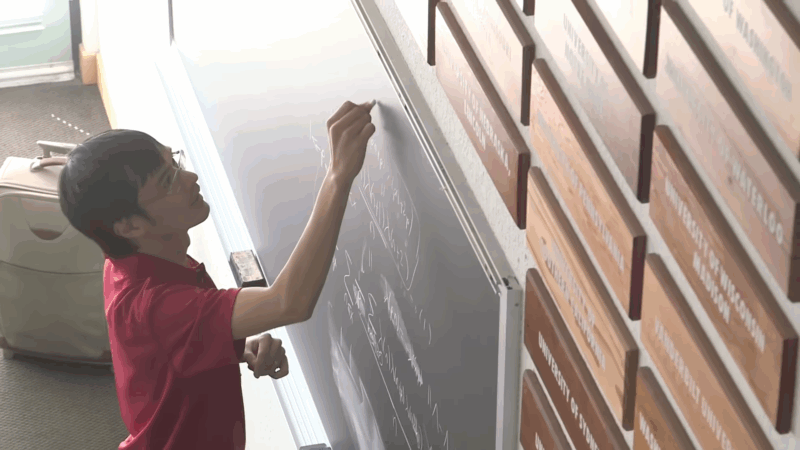
Tao is also vigilant about the integrity of math as a field. In 2024, he publicly warned others about a fraudulent event called “Infinity ’25,” using his platform to call out academic scams.
It’s a move that earned respect across the research world. He helps run initiatives like the Salem Prize and regularly shines a light on young talent. For someone who’s reached the summit, he spends a lot of time helping others up the mountain.
What Comes Next
At 50, Tao is still publishing, still collaborating, and still asking big questions. His recent work with Ayla Gafni on the prime number theorem and with Rachel Greenfeld on tiling patterns shows no sign of slowing down.
And if his prediction about AI proving theorems turns out to be accurate, there’s a good chance he’ll have been one of the people who made it happen.
Final Thoughts
@masterclass Math doesn’t have to be intimidating. #terencetao #mathematics #piday #masterclass ♬ original sound – MasterClass
Terence Tao isn’t just a mathematician who solved hard problems. He’s someone who redefined what a life in math could look like, brilliant, yes, but also generous, grounded, and socially aware.
He’s helped shape fields like number theory and signal processing while mentoring a generation of students and researchers. He’s equally comfortable breaking down abstract theorems and tackling real-world tech challenges.
If you’ve ever struggled to write birthday wishes for a teacher who made a lasting impact, Tao’s influence shows how deeply one mentor can shape lives.
Whether you’re a math nerd, a curious observer, or someone who still gets nervous around algebra, Tao’s story is a reminder that real genius isn’t about being incomprehensible.
It’s about being clear, connected, and curious, for life.

